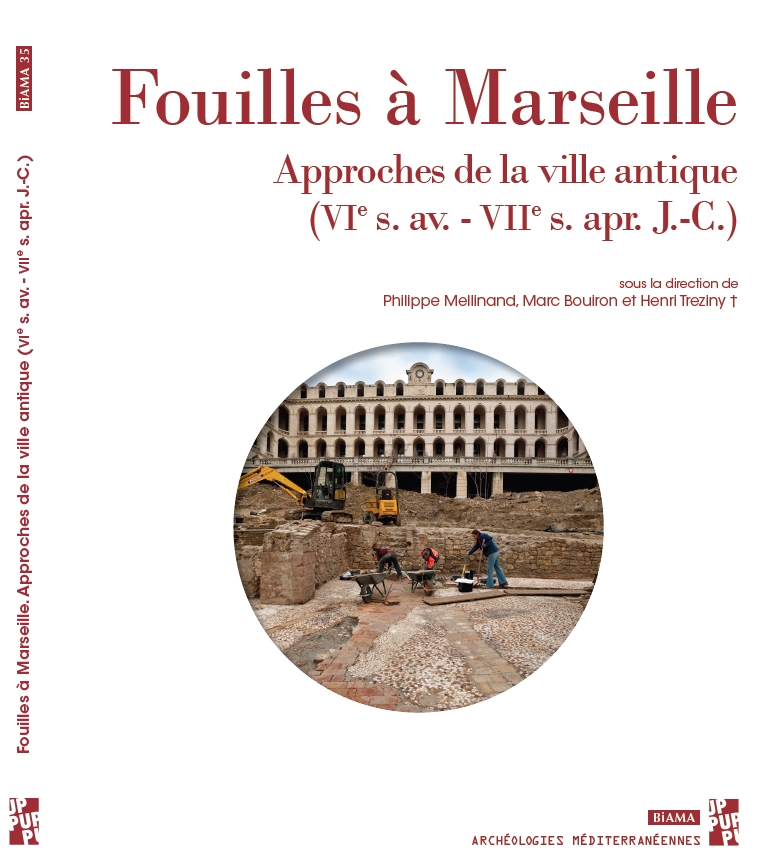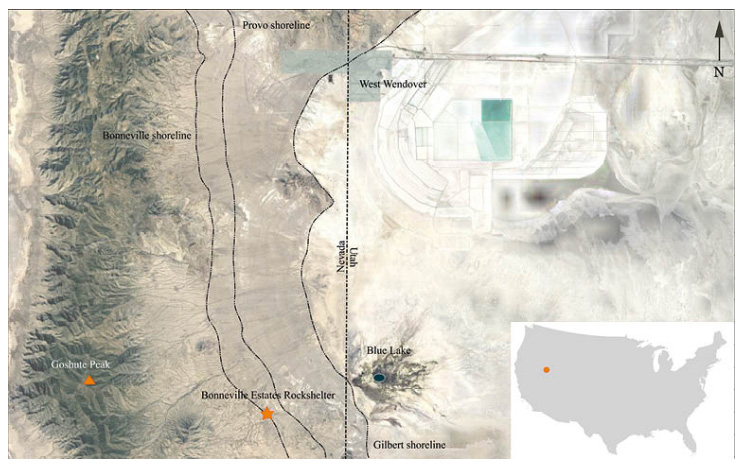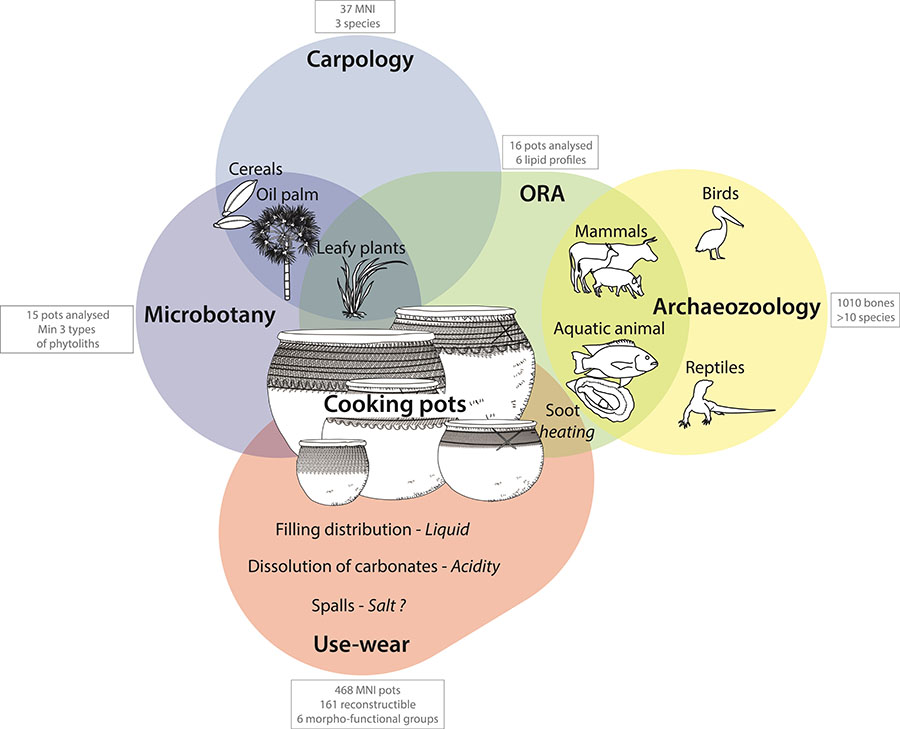Source : https://doi.org/10.1016/j.quascirev.2024.109065
Bifacial tools discovered at about a hundred Lower Palaeolithic sites in the Bose Basin, southern China, have been previously dated to around 800,000 years ago. This age was obtained by dating four tektites directly associated with the tools at the Nalai site using the 40Ar/39Ar method (Michel et al., 2021). Similar ages on tektites from the Bogu and Yangwu sites had been previously published, albeit with limited analytical details, by Hou et al. (2000). In this study, a total of eight tektites, discovered alongside abundant lithic artefacts including bifacial tools, were dated with the 40Ar/39Ar technique, using an incremental temperature increase approach. Six of these tektites are from two Lower Palaeolithic sites in the Bose Basin; three from Xiaomei and three others from Fengshudao (China). The remaining two tektites come from two sites in Vietnam, one from Go Da and the other from Roc-Tung 1. With the exception of the site of Go Da, the tektites were buried in lateritic sediments associated with the stone tools. At the Go Da site, the tektites were found in a layer overlying the deposit containing bifacial tools. The tektites display no signs of fluvial abrasion or reworking, making them potentially strong chronological markers. Chemical analyses of major elements and rare earth elements indicate that the tektites belong to the Australasian tektite group. This is further confirmed by new 40Ar/39Ar analyses with a weighted mean age of 787.2 ± 8.2 ka (2σ) (MSWD = 0.96, P = 0.45). Therefore, when combined with the available results on Australasian tektites, this suggests a highly precise age of 788.0 ± 2.6 ka (2σ; P = 0.84) for these tektites and consequently, for the bifacial tools in this part of Southeast Asia, located east of the Movius Line. The presence of bifacial tools attests to either a diffusion of the Acheulean from Africa or a local emergence from previous occupations and traditions in Asia.










